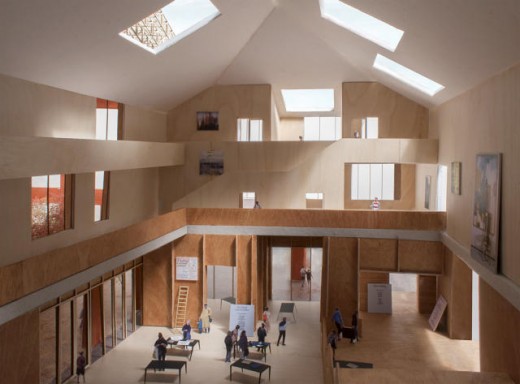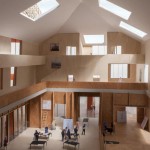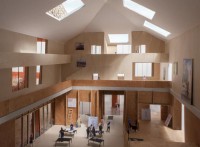What If We Made colleges a part of The urban group instead Of Walling Them Off?
If extra colleges move downtown, we will all profit from their services.
April three, 2015
If schools have develop into more far-off from their communities in the previous few a long time, it can be as a result of Columbine-sort situations, parental paranoia, and the truth that top land downtown is more expensive. that is ended in the phenomenon of the out-of-town college situated on marginal land. In carving out locations for themselves, faculties have develop into extra isolated, automotive-centric, and disconnected—at least from urban residents.
that’s what brought about Neil Michels, a young London architect, to reimagine the up to date faculty as a partly shared space downtown. His “Civic faculty” is a sequence of levels and blocks, some non-public for schooling, some set aside for the public, with “permeable” areas at the backside.

“a brand new school as of late is likely to be built as an isolated island, disconnected from its neighborhood,” Michels says. “they are frequently built with partitions and fences, suggesting a structure [more] akin to a prison than a faculty.”
Like different British architects, Michels used to be upset with the U.k.’s new college building application, started in 2010. wanting to construct fast, the Conservative-led government borrowed rules from the supermarket sector and was once extensively criticized for it, at the least inside design circles. “to any extent further, our kids will likely be taught in flatpack sheds and converted kebab retail outlets,” mentioned one famous architect.
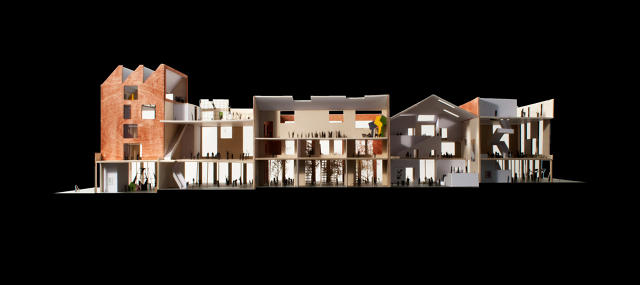
but Michels’s red meat is not handiest aesthetic. He additionally thinks striking schools downtown is extra useful from a public carrier viewpoint. they may be able to be used for sports, as locations for the general public to analyze, observe, and work from, and so forth. “the varsity may develop into a part of the on a regular basis for people who use it,” he says. “This elevated programming might see the dining hall used as a espresso store, artists finding studios within faculties, or libraries used as coworking areas.”
Such preparations would raise various safety and school administration questions. but Michels says the association would possibly have funding advantages. If faculties were loaning out facilities for community use, they could moderately practice for noneducation public profits, say from public sports activities dollars or municipal social service budgets.
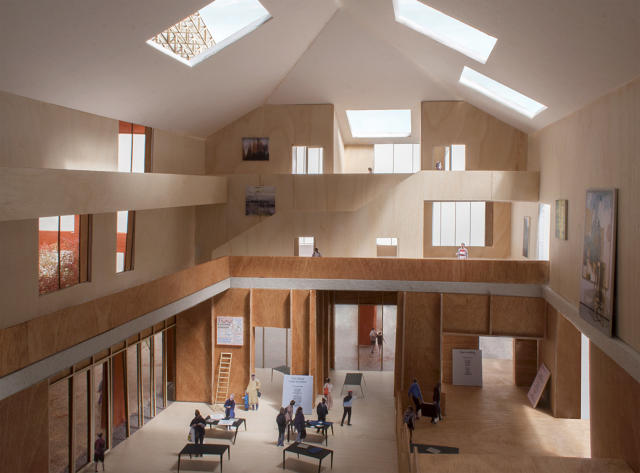
Michels developed the inspiration while finding out on the university of Sheffield. His adviser there, professor Satwinder Samra, describes it “as considerate and extremely creative in terms of revealing the inconsistencies that exist in current faculty design.”
“amenities for schooling will have to be embedded inside everyday city life with a purpose to be certain that citizenship and social brotherly love are encouraged from an early age,” he says.
There are a bunch of practical challenges. but Michels has a refreshing take on school design that goes beyond just making faculties more comfy and open-plan. the location of colleges can be important, because it affects how schools relate to their group. which is price considering the following time any person needs to build out of town.
(130)

